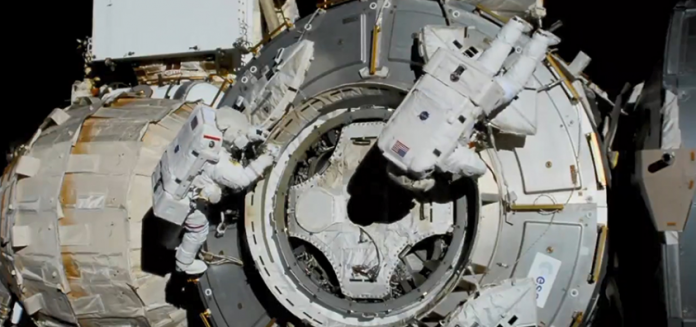SpaceX made history in May when its Crew Dragon capsule launched into space carrying two American astronauts. It was the first time a privately owned company put a human into orbit.
This joint NASA-SpaceX alliance brought human spaceflight back to America after almost a decade and marks the beginning of a new type of space program. But it’s the ability to do it cheaper and better by partnering with the private sector that is important for the future of NASA’s space programs.
NASA depends on federal dollars
The historic Crew Dragon missions represent a huge success for NASA’s Commercial Crew Program (CCP), NASA’s $6.2 billion private-public partnership. The CCP provided funding for and guided the development of the Dragon capsule.
NASA is a federal agency and receives its funding annually from the federal budget. The NASA budget is smaller than other federal agencies and has continued to shrink over the years.
Other U.S. government agencies also have “space-related” provisions in their budgets, which contribute to certain NASA programs and missions. But overall, there has a been a shift away from spending federal dollars on space programs.
Public-private partnership born of necessity
The NASA-SpaceX partnership took off at a time when NASA’s budget was dwindling due to sequesters and cutbacks.
[/subscribe_to_unlock_form]









